Life Cycles of Termites
Life Cycles of Termites
Terrible Termites
Termites are not just annoying, they’re incredibly destructive and can put your home and structures at risk of collapsing. Along with attacking homes, termites will target other wood-based items as they are abundant in a substance called cellulose, which is sustenance for these pests. With such a powerful appetite for cellulose termites are bound to wreak havoc on any homes, wooden furniture, paper, books, etc. that they can get their mandibles on.
Over the course of their lives, termites pass through four different stages: eggs, larval, nymph/alate, and adulthood. As a society, termites are divided into three primary different types: workers, soldiers and reproductive/swarmers. Each divided group physically matures differently from the others due to pheromones so that they are all properly outfitted to perform their necessary duties for the colony.
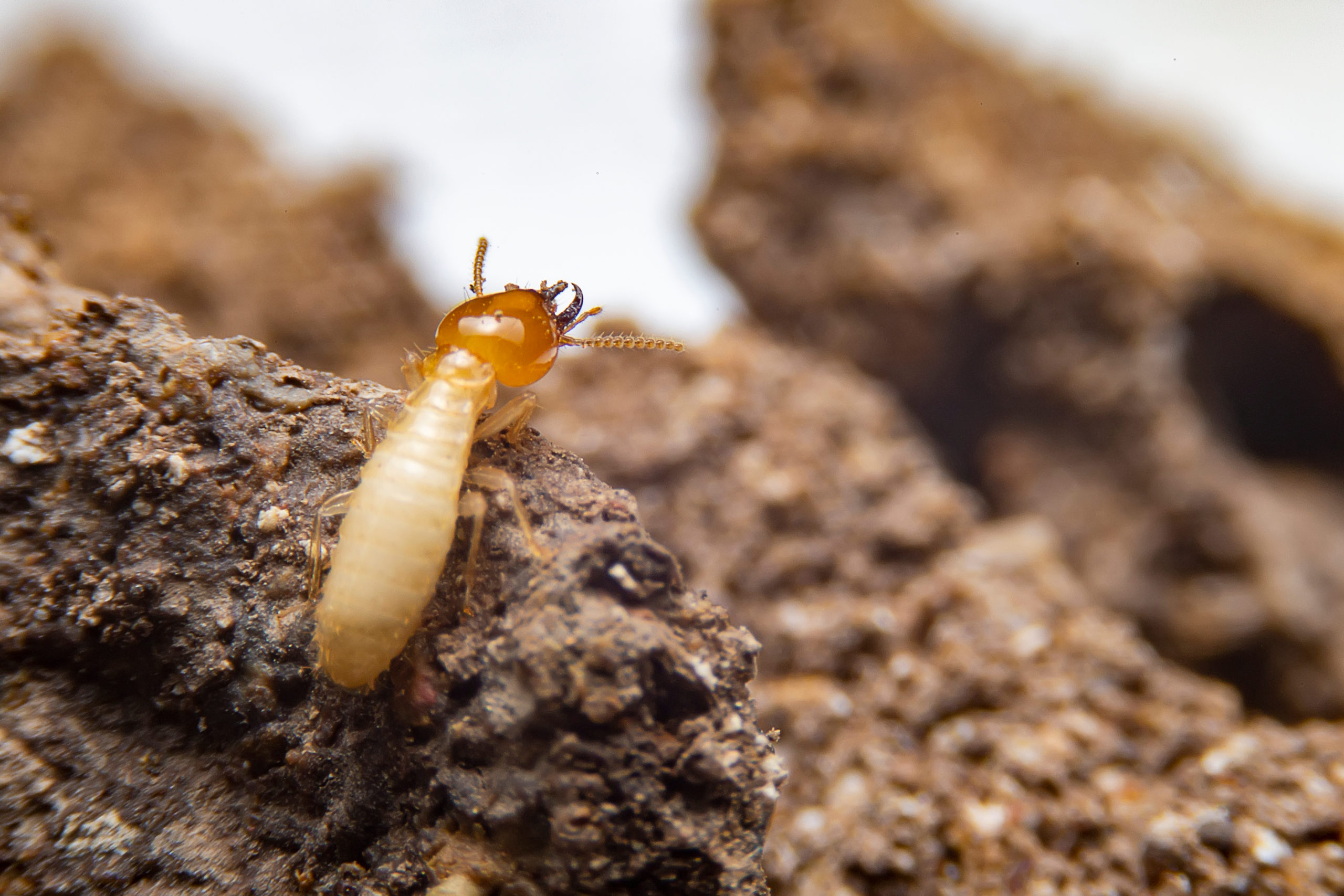
Eggs
The eggs of termites are very tiny, oval-shaped, and are white or creamy in color. They measure about 0.5 mm in length and can be found in rather large clusters. After the queen lays her eggs, worker termites transport them into chambers in their nest for incubation prior to hatching. Typically, it takes about 30 days for the eggs hatch into larvae.
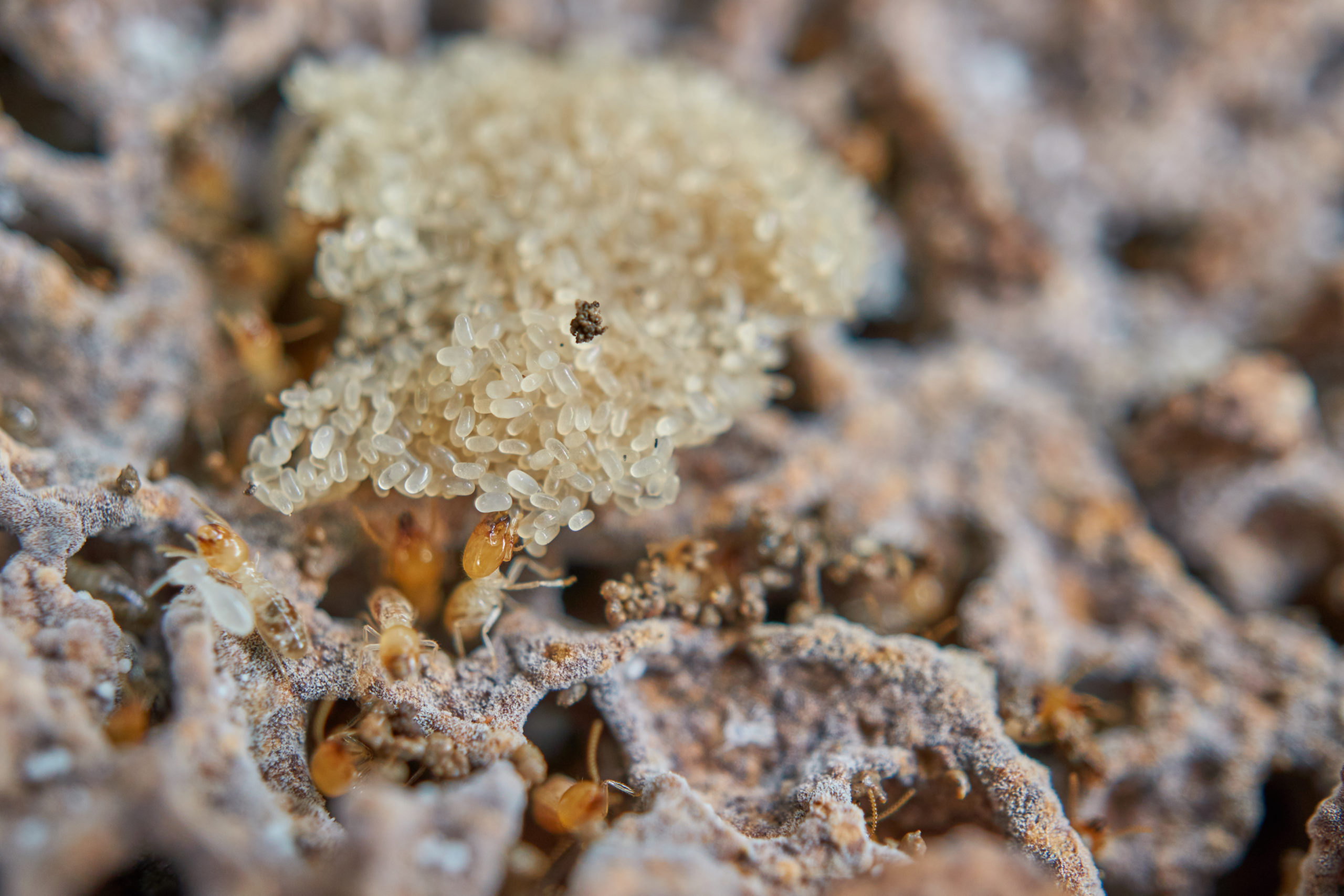
Larva
After hatching, the adolescent termites are transported by workers from their incubation chamber into nursery area within the nest. While there, worker termites care for the larvae by grooming them and feeding them once they are old enough. The larvae are pale white after hatching and go through several molts before developing into one of the three castes within the termite colony. These changes are stimulated by pheromones and chemicals produced by the King and Queen.

Nymphs/Alates
This stage between the larval stage and adulthood is an intermediate step in the growth of reproductive/swarmer termites. Nymphs will begin taking their place in the colony by caring for new eggs/larvae and the king and queen as they wait for their wings to grow, at which time they become alates. Workers and soldiers skip this extra molting process and continue to morph into adults from their larval forms.
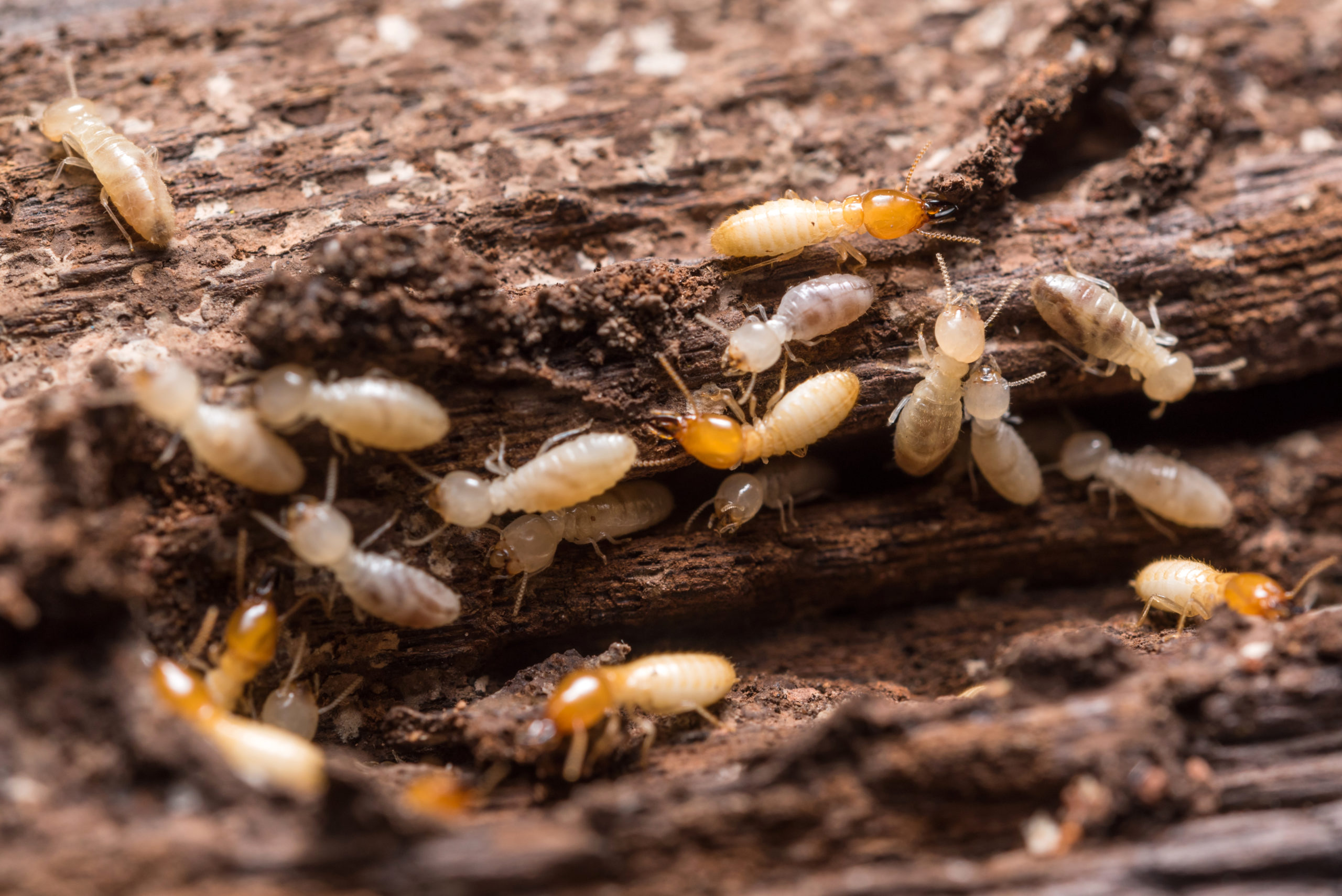
Adults
Soldiers – Soldiers are the strongest termites within the colony and are built for killing. They tend to be larger than workers and have frighteningly overlarge mandibles. However, while their build is prime for battle it leaves them unable to chew wood and they need to be fed by worker termites. These termites are also sterile and can produce gluelike substances that help protect the colony from invaders.
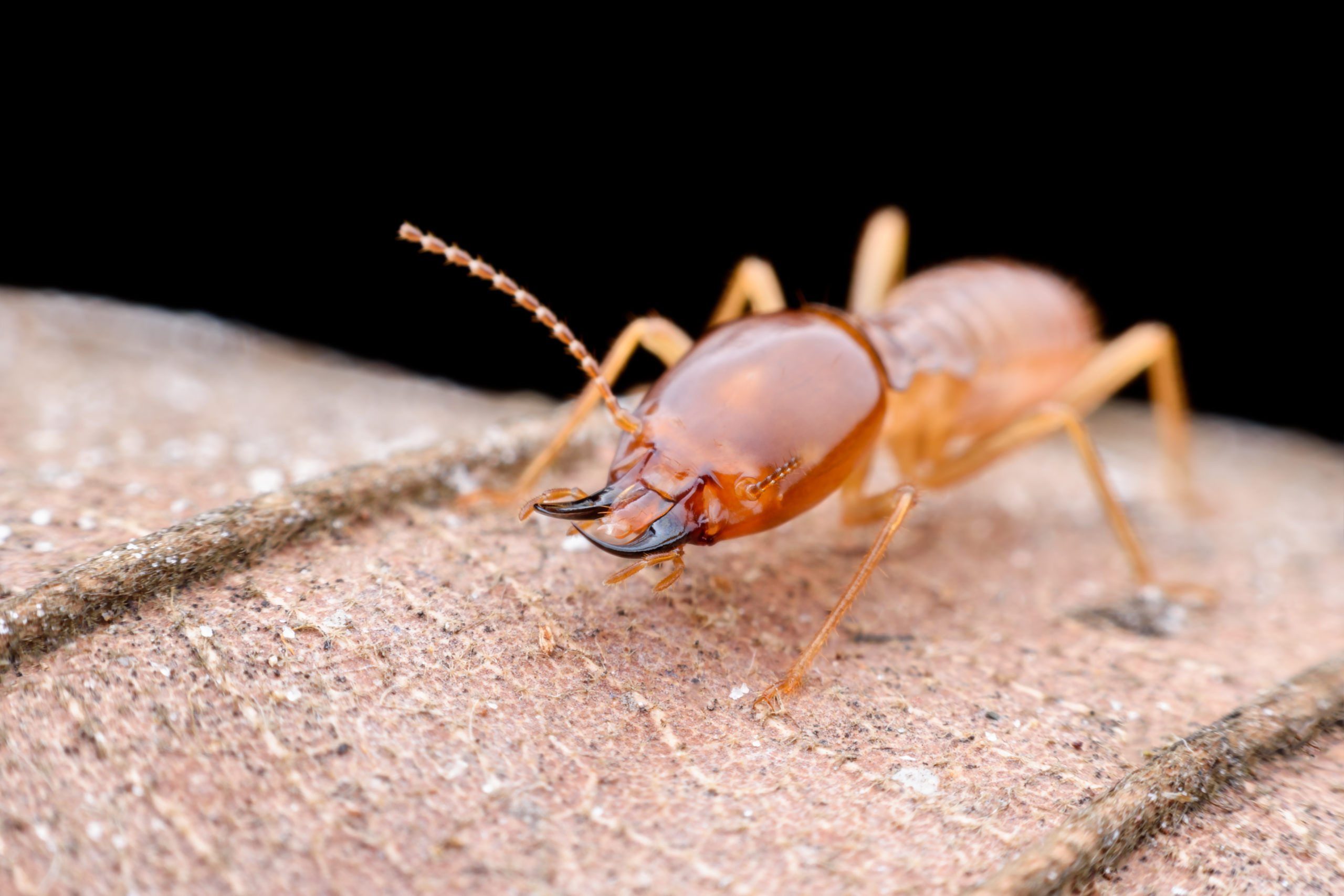
Workers – Like worker ants, the jobs of these termites are to perform the day-to-day functions that keep the colony functioning. Like soldiers, they are sterile.

Reproductives/Swarmers – True to their name, these termites have the ability to help produce offspring and have a unique set of wings that soldiers and workers lack. As they are first developing, these termites will have small little wing “stumps” or wing “buds.” By the time they have matured into their alate stage (their final stage prior to swarming), their wings are fully formed. Alates will leave their colonies in groups of hundreds or thousands in order to find a new place to mate and form a colony. Their migration is triggered by the temperatures rising outside and while these reproductives do not damage wood and only survive for a very short amount of time, their appearance is indicative of a termite problem. Only about 1% of the several thousand reproductives survive the journey to find a new home and locate a mate. Following the mating of these few surviving termites, their wings fall off. These newly wingless termites are called de-alates and have one final transformation to make into their fully mature forms: Kings and Queens.
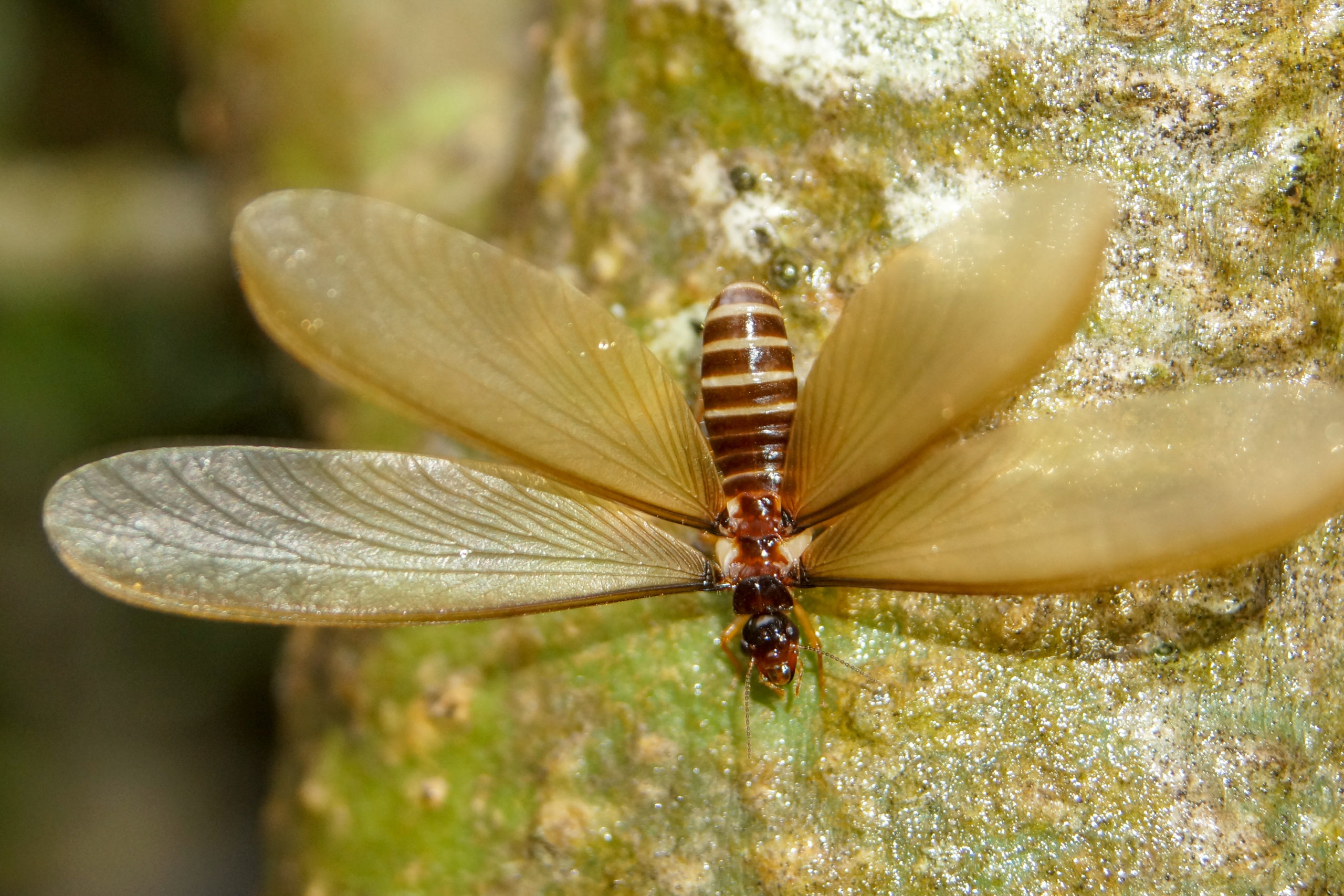
Kings – The main job of Kings are to mate with the termite Queen in order to produce offspring. In a matter of only 5 years, a single King and Queen pair can produce a colony with a population in the millions.
Queens – Depending on the species of termite, Queens can live to around 25 years and produce an average of about 2,000 eggs in a single day. Her sole job is to populate the colony by producing eggs and is fed/taken care of by the workers in the colony.

Protecting Your Home from Termites
Each year, termites cause more than 5 million dollars in property damage in over 600 thousand homes just the United States alone. Termite damage can range from minor cosmetic damage to the home to full structural failure.
Due to the serious destruction they can cause… not to mention the subsequent danger in severe situations… professional intervention is highly recommended to treat termite infestations. At Green, our technicians have years of experience fighting termites and are equipped with the right tools and knowledge to successfully tackle any termite problem you may have quickly and effectively. Call us today if you would like more information on our termite control treatments.
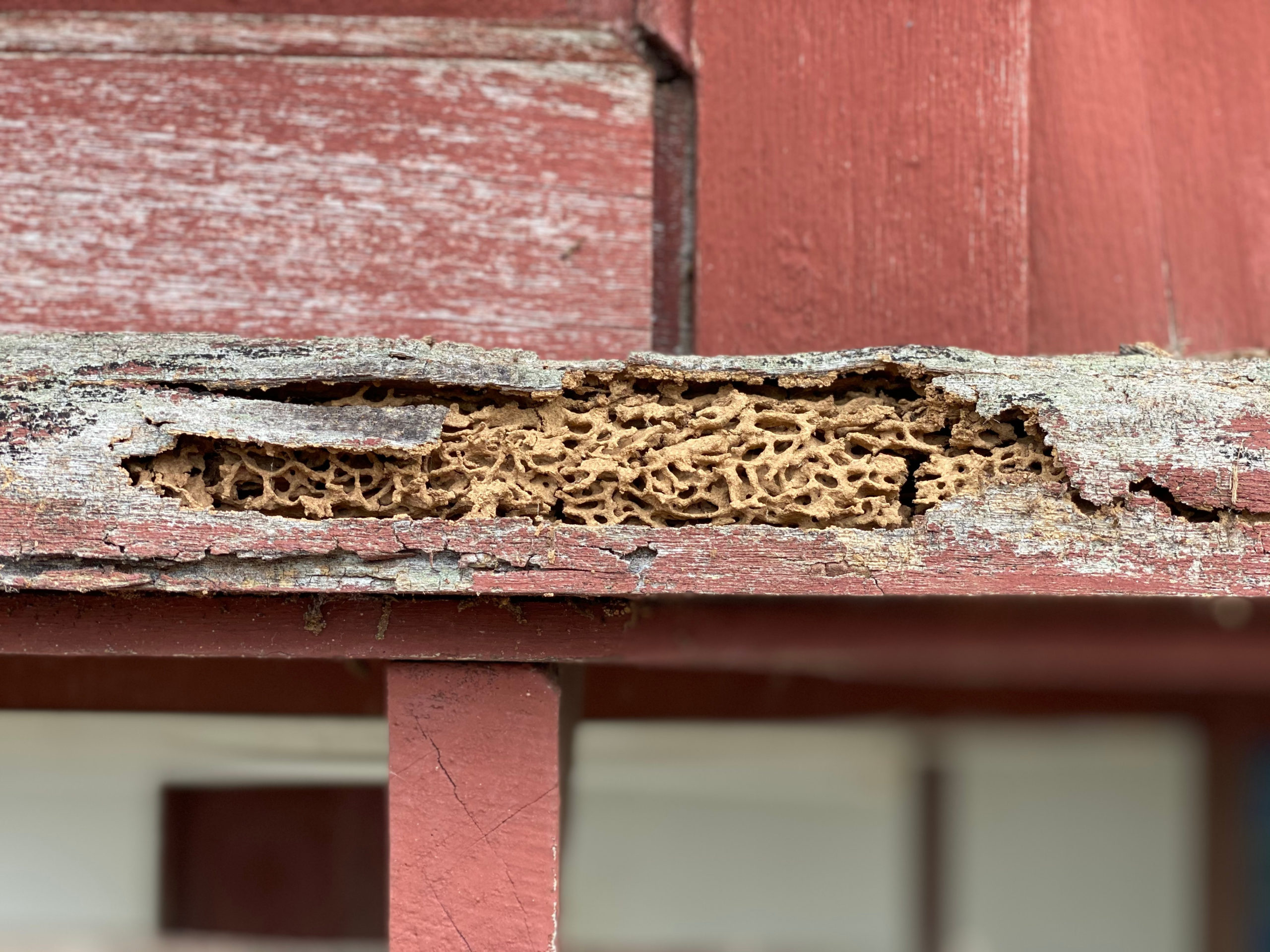
Citations
Davis, M. (2008) Winged Ants and Termites in the House, The Department of Entomology of Kansas State University. Available at: https://entomology.k-state.edu/extension/diagnostician/lab-news/winged-ants-vs-termites.html (Accessed: October 2020).
Hopkins, J. (no date) Subterranean Termite Identification and Biology, The University of Arkansas Division of Agriculture Research & Extension. University of Arkansas Cooperative Extension Service Printing Services. Available at: https://www.uaex.edu/publications/PDF/FSA-7061.pdf (Accessed: January 2021).
The Life Cycle of the Termite (2020) YouTube. Fresh Home 24. Available at: https://www.youtube.com/watch?v=JQynXLRfquA (Accessed: July 27, 2021).
Potter, M. (2018) Termite Control, The University of Kentucky College of Agriculture, Food and Environment. The Department of Entomology at the University of Kentucky. Available at: https://entomology.ca.uky.edu/ef604 (Accessed: October 2020).
Schneider, M. (1999) Termite Life Cycle and Caste System, Freiburg University. Available at: https://www.fzi.uni-freiburg.de/InsectPestKey-long%20version/termit2.htm (Accessed: October 22, 2020).
Su, N.-Y. and Scheffrahn, R. (2019) Formosan Subterranean Termite (Coptotermes formosanus), The University of Florida Department of Entomology and Nematology. The Florida Department of Agriculture and Consumer Services. Available at: https://entnemdept.ufl.edu/creatures/urban/termites/formosan_termite.htm (Accessed: January 28, 2021).
Taxonomy (2020) Basic Biology. Available at: https://basicbiology.net/biology-101/taxonomy (Accessed: October 2020).
Termites 101: A Guide to Common Termite Species (no date) Pest World – Your Partner in Pest Prevention. The National Pest Management Association. Available at: https://www.pestworld.org/news-hub/pest-articles/termites-101/ (Accessed: January 28, 2021).
Termite Life Cycle (no date) Fort Lauderdale Research and Education Center. University of Florida, Institute of Food and Agricultural Sciences. Available at: https://flrec.ifas.ufl.edu/termites-in-florida/life-cycle/ (Accessed: July 27, 2021).
Types of Termites (no date) Fort Lauderdale Research and Education Center. University of Florida, Institute of Food and Agricultural Sciences – UF/IFAS. Available at: https://flrec.ifas.ufl.edu/termites-in-florida/termite-types/ (Accessed: January 28, 2021).
8 Creative Ways to Have a Pest-Free Fourth of July
8 Creative Ways to Have a Pest-Free Fourth of July 8 Creative Ways to Have a Pest-Free Fourth of July Summary: The Fourth [...]
A Simple Guide to Preventing Stinging Pests
A Simple Guide to Preventing Stinging Pests A Simple Guide to Preventing Stinging Pests Summary: Stinging insects are more active in warm weather, [...]
These 10 Natural Mosquito Repellents Can Actually Help
These 10 Natural Mosquito Repellents Can Actually Help These 10 Natural Mosquito Repellents Can Actually Help Summary: Natural mosquito repellents are easier to [...]
How to Get Rid of Carpet Beetles
How to Get Rid of Carpet Beetles How to Get Rid of Carpet Beetles Summary: Carpet beetles are sneaky pests that don’t usually [...]
How Do Roaches Affect Asthma and Allergies?
How Do Roaches Affect Asthma and Allergies? How Do Roaches Affect Asthma and Allergies? Summary: It’s no secret that pests impact human health, [...]
These 5 Carnivorous Pests Might Surprise You!
These 5 Carnivorous Pests Might Surprise You! These 5 Carnivorous Pests Might Surprise You! Summary: There are many eco-friendly ways to prevent pests, [...]

